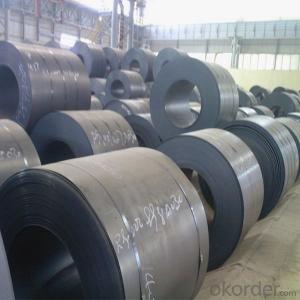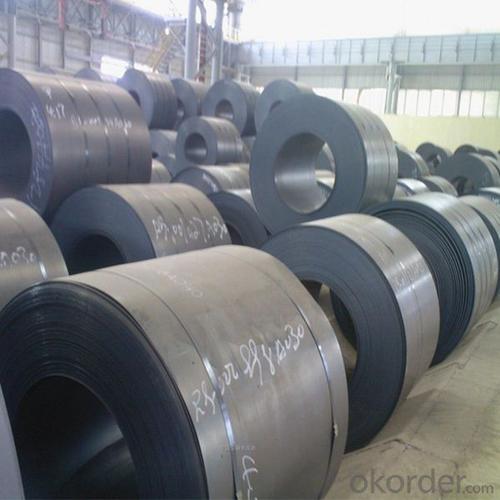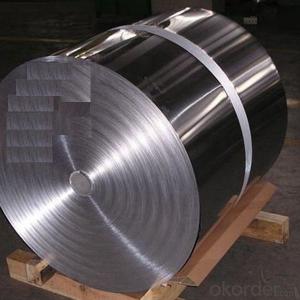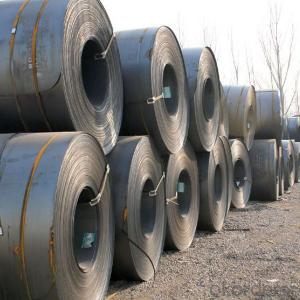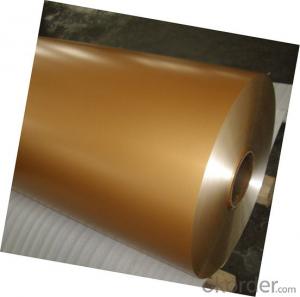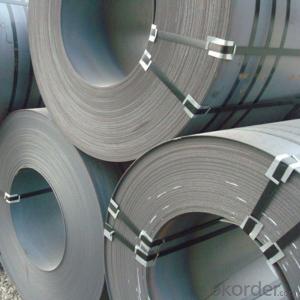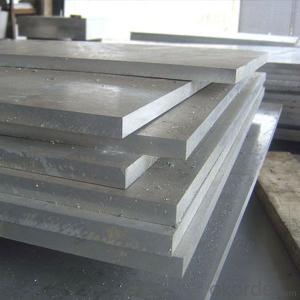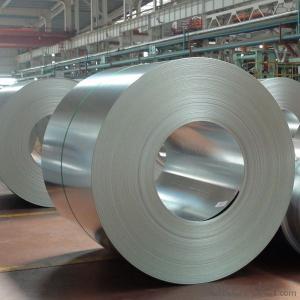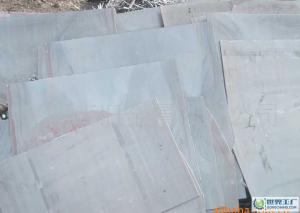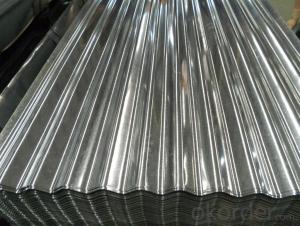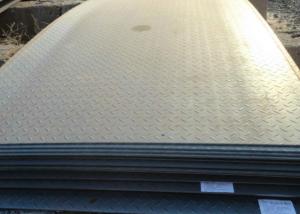Steel Sheets Steel Plates Steel Coils Made in China
- Loading Port:
- Tianjin
- Payment Terms:
- TT OR LC
- Min Order Qty:
- 25 m.t.
- Supply Capability:
- 500 m.t./month
OKorder Service Pledge
OKorder Financial Service
You Might Also Like
Specification
DESCRIPTION:
GRADE: SS400, ASTM A36, A572, ST37,ST52, Q195, Q215, Q235,Q345, S235JR etc.
STANDARD: GB/T709-2006, ASTM A36, JIS G3101, DIN EN 10025, SAE 1045, ASTM A570
SPEC:
1)Width: 600-2500mm or 1000,1050,1250,1500,1800,2000mm
2)Thickness:1.5mm-200mm or as customers’ special requirements;
3)Length: 2-12m or as customers’ special requirements
DETAILS:
Thickness | 0.5-100mm |
Width | 1250mm,1500mm,1800mm,2000mm.,2500mm or as required |
Length | 2000-12000mm |
Standard | AISI, ASTM, BS, DIN, GB, JIS |
Material | A36,SS400,SPCC,SPHC, Q195, Q 235,Q345 |
Tehnique | Hot rolled;cold rolled |
Payment | TT ,L/C |
Packing | Standard seaworthy packing or as required |
Market | Mild east, North/South America, Europe, Asia,Africa etc |
Certificate | BV,SGS,MTC |
Delivery time | 30-45days after confirming the order |
PACKING:
1.Big thickness:by bulk vessel
2.Small thickness:packed by steel strips and shipped by container
3.According to the requirements of customers'
TRADE TERMS :FOB, CFR, CIF
PAYMENT&DELIVERY FOR STEEL COILS/SHEETS
Payment Terms | 100% LC at sight,or 30%TT in advance, balance against B/L copy |
Delivery Time | With 30-40 days after deposit |
Price Terms | Ex-Work, FOB, CNF, CFR, CIF,etc |
DETAILED PICTURES FOR STEEL COILS
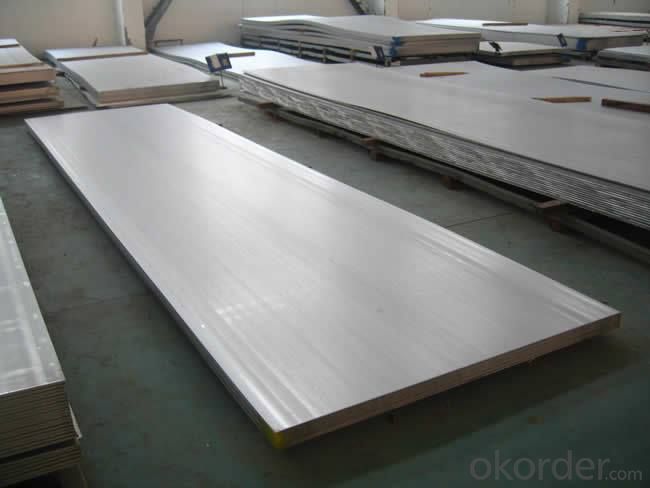
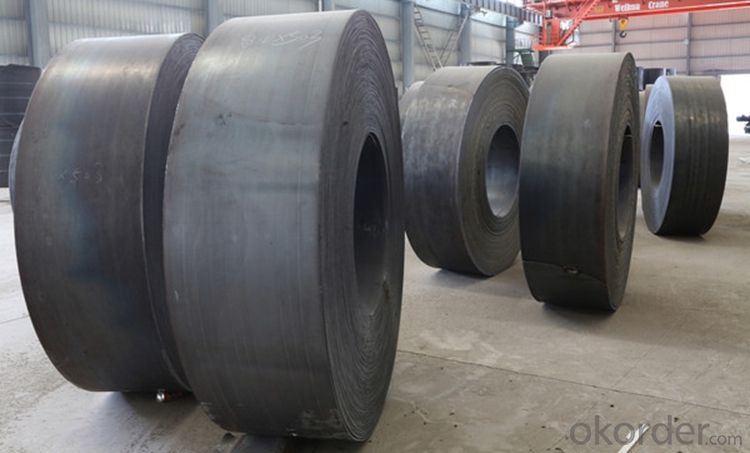
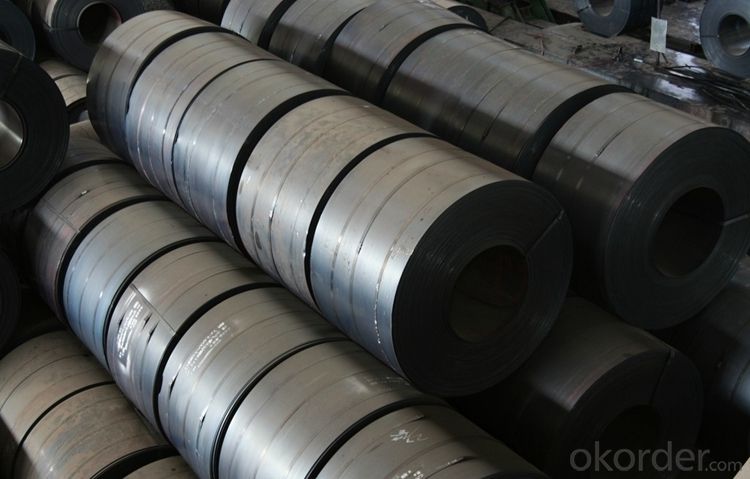
PAYMENT&DELIVERY FOR STEEL COILS/SHEETS
Payment Terms | 100% LC at sight,or 30%TT in advance, balance against B/L copy |
Delivery Time | With 30-40 days after deposit |
Price Terms | Ex-Work, FOB, CNF, CFR, CIF,etc |
FEATURES OF STEEL COILS
(1)Good ductility
(2)Good corrosion resistance
(3)Excellent abrasion resistance and fatigue strength
(4)Good weldability
(5)Oxidation resistant performance
(6)Excellent in high temperature
FAQ
Q:What are the advantages of your company ?
A: We have many professionals, technical personnel, more competitive prices and best after-dales service than other steel companies.
Q:Can you arrange the shipment ?
A: Sure we can help you with the shipment. We have forwarders who have cooperated with us for many years.
- Q: Are steel sheets suitable for high-vibration environments?
- Steel sheets are generally suitable for high-vibration environments due to their inherent strength and durability. Steel is known for its excellent mechanical properties, including high tensile strength and resistance to fatigue. These qualities make steel sheets capable of withstanding vibrations without significant deformation or failure. Moreover, steel sheets have the ability to dampen vibrations due to their mass and stiffness. This makes them effective in reducing the transmission of vibrations to other components or structures. Steel sheets can absorb and dissipate the energy generated by vibrations, minimizing the potential for damage or disruption. Additionally, steel sheets can be designed and manufactured to meet specific requirements for high-vibration environments. They can be reinforced or treated with coatings to enhance their resistance to corrosion, wear, and fatigue, further improving their suitability for such conditions. However, it is essential to consider the specific characteristics and intensity of the vibration environment when determining the suitability of steel sheets. Factors such as frequency, amplitude, and duration of vibrations should be taken into account. In some extreme cases, alternative materials or specialized designs may be necessary to ensure optimal performance and longevity. In conclusion, steel sheets are generally suitable for high-vibration environments due to their strength, durability, and ability to dampen vibrations. However, a thorough evaluation of the specific conditions is crucial to determine the most appropriate solution for each application.
- Q: What are the insulation properties of steel sheets?
- Steel sheets have relatively poor insulation properties compared to other materials commonly used for insulation, such as fiberglass or foam. This is because steel is a good conductor of heat and electricity. It has high thermal conductivity, meaning that it can easily transfer heat from one side to the other. Therefore, steel sheets are not effective in preventing heat transfer and are not typically used as insulation materials on their own. However, steel sheets can still provide some insulation benefits when used in combination with other insulating materials. For instance, steel sheets can be used as a protective layer or cladding to enhance the durability and fire resistance of insulation systems. They can also be used as a radiant barrier, reflecting heat away from the building and reducing heat gain in warm climates. In summary, while steel sheets themselves do not have great insulation properties, they can play a role in enhancing the overall insulation performance when combined with other insulating materials or used in specific applications like radiant barriers.
- Q: What are the advantages of using steel sheets in construction?
- There are several advantages of using steel sheets in construction. Firstly, steel sheets are incredibly strong and durable, making them ideal for supporting heavy loads and withstanding harsh weather conditions. Secondly, steel sheets are fire-resistant, providing an added layer of safety to the structure. Additionally, steel sheets are easy to work with, allowing for quick and efficient construction processes. Moreover, steel is a sustainable material, as it can be recycled and reused. Finally, steel sheets offer design flexibility, allowing architects and engineers to create innovative and aesthetically pleasing structures.
- Q: What are the different alloying elements used in steel sheets?
- Some of the commonly used alloying elements in steel sheets include carbon, manganese, silicon, chromium, nickel, molybdenum, vanadium, and tungsten. These elements are added in varying quantities to enhance specific properties of the steel, such as strength, hardness, corrosion resistance, and heat resistance.
- Q: Can steel sheets be used in electrical applications?
- Yes, steel sheets can be used in electrical applications. They are commonly utilized in the construction of enclosures, cabinets, and panels for electrical equipment due to their durability, strength, and ability to provide electromagnetic shielding.
- Q: How do steel sheets compare to wood sheets?
- Steel sheets and wood sheets differ significantly in terms of strength, durability, and usage. To begin with, steel sheets are renowned for their remarkable strength and durability. They can endure heavy loads, extreme weather conditions, and possess high resistance to warping, rotting, and insect damage. Conversely, wood sheets are less sturdy and may succumb to moisture, termites, and decay if not adequately treated or maintained. Regarding versatility, steel sheets offer a wide array of applications. Their high tensile strength and structural stability make them commonly utilized in the construction, automotive, and manufacturing industries. Conversely, wood sheets are commonly employed in interior design, furniture production, and smaller-scale construction projects due to their natural aesthetic appeal and ease of manipulation. Furthermore, steel sheets are fire-resistant, making them a safer option compared to wood sheets, which are combustible and can contribute to the spread of fire. Steel sheets also boast a longer lifespan, necessitating less maintenance and replacement compared to wood sheets, which may require regular refinishing, sealing, or replacement due to wear and tear. Nevertheless, wood sheets possess their own advantages. They are generally more cost-effective than steel sheets, making them a popular choice for projects with budget constraints. Additionally, wood sheets have superior insulation properties, providing natural warmth and soundproofing qualities. Ultimately, the selection between steel sheets and wood sheets hinges on the specific project requirements, encompassing factors such as budget, desired aesthetics, structural needs, and environmental considerations.
- Q: Can steel sheets be used for food processing equipment?
- Yes, steel sheets can be used for food processing equipment. Stainless steel is a popular choice for food processing equipment due to its durability, corrosion resistance, and ease of cleaning. It is non-reactive with food and does not impart any unwanted flavors or odors. Steel sheets can be formed into various shapes and sizes, making them suitable for different types of food processing equipment such as mixers, conveyors, tanks, and cutting blades. Additionally, stainless steel is also resistant to high temperatures, making it ideal for applications that involve heat. Overall, steel sheets are a reliable and hygienic material choice for food processing equipment.
- Q: How do steel sheets handle extreme weather conditions?
- Steel sheets are renowned for their remarkable durability and resilience, rendering them exceedingly suitable for tackling severe weather conditions. Their capacity to endure harsh environments and extreme temperatures distinguishes them from other materials. One of the primary factors contributing to the ability of steel sheets to withstand extreme weather is their exceptional strength. These sheets are produced by combining iron and carbon, resulting in excellent structural integrity. This strength empowers them to resist the impact of powerful winds, heavy snow loads, and intense heat, making them an ideal choice for regions susceptible to hurricanes, blizzards, or heatwaves. Furthermore, steel sheets possess a high resistance to corrosion and rust. This is achieved through a process known as galvanization, wherein a protective layer of zinc is applied to the surface of the steel. This zinc layer acts as a shield, preventing moisture and oxygen from reaching the underlying steel and causing corrosion. Consequently, steel sheets can endure prolonged exposure to rain, humidity, and saltwater without deteriorating, a particularly crucial attribute in coastal or humid areas. Moreover, steel sheets exhibit excellent thermal efficiency, enabling them to handle extreme temperature fluctuations. They effectively insulate buildings during frigid winters and keep them cool during scorching summers. This thermal efficiency helps maintain a comfortable indoor environment, reduces energy consumption, and contributes to cost savings. Additionally, steel sheets are fire-resistant, providing enhanced safety in regions prone to wildfires or industrial accidents. They possess a high melting point, making them less likely to deform or collapse under extreme heat. This fire resistance assists in safeguarding structures and minimizing the spread of fires, thereby enhancing overall safety. In conclusion, steel sheets are well-equipped to withstand extreme weather conditions due to their remarkable strength, corrosion resistance, thermal efficiency, and fire resistance. Their durability and resilience make them an ideal choice for a multitude of applications, including roofing, siding, and construction, ensuring the longevity and safety of structures even in the most challenging weather conditions.
- Q: Are the steel sheets easy to install?
- Yes, steel sheets are generally easy to install. They are lightweight, making them easier to handle and maneuver during the installation process. Additionally, steel sheets often come with pre-drilled holes or interlocking systems, simplifying the installation further. With the appropriate tools and basic construction knowledge, individuals can easily install steel sheets on various surfaces such as roofs, walls, or fences. However, it's important to follow the manufacturer's instructions and safety guidelines to ensure a proper and secure installation.
- Q: Can steel sheets be recycled after use?
- Yes, steel sheets can be recycled after use. Steel is a highly recyclable material, and recycling steel sheets helps to conserve energy and reduce the need for raw materials in steel production.
Send your message to us
Steel Sheets Steel Plates Steel Coils Made in China
- Loading Port:
- Tianjin
- Payment Terms:
- TT OR LC
- Min Order Qty:
- 25 m.t.
- Supply Capability:
- 500 m.t./month
OKorder Service Pledge
OKorder Financial Service
Similar products
Hot products
Hot Searches
Related keywords
